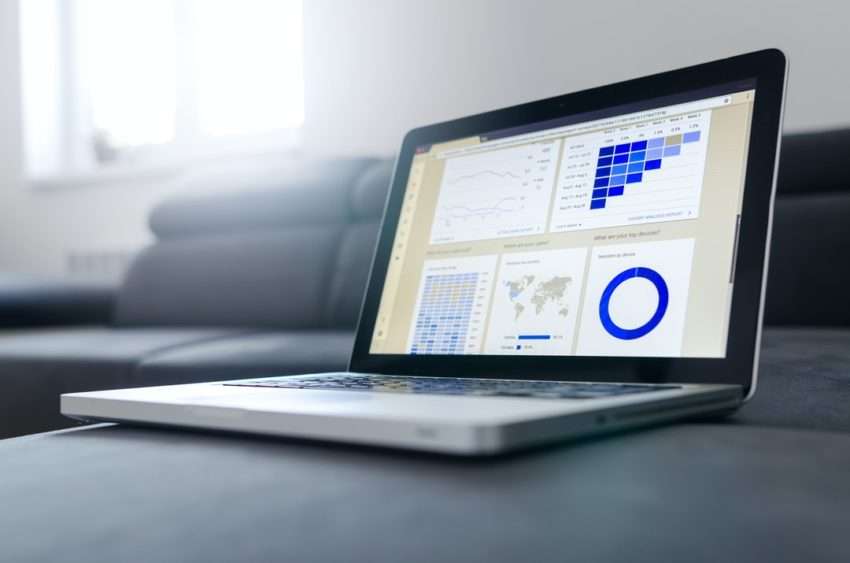
Sole proprietorships, home-based businesses, and franchises may all be small businesses. According to the U.S. Small Business Administration (SBA), small businesses may have up to 1,500 employees, provided their average annual receipts don’t exceed $41.5 million. The Internal Revenue Service (IRS) considers a small business to be any business with less than $10 million in assets. The Affordable Care Act (ACA) limits small businesses to fewer than 51 full-time employees.
Small businesses may struggle to secure capital because they don’t have the assets and revenue large corporations have. However, small businesses can increase efficiency and improve operations by utilizing data. Let’s look at data analysis and the data small businesses should analyze.
What is data analysis?

Businesses may hire data scientists, data analysts, or operations research analysts to gather and evaluate data. These experts understand what questions to pose to generate meaningful information from data, enabling them to produce reports that will help business owners make appropriate decisions, such as what products to develop or where to market goods.
Scientists use custom software to gather data. They may work with structured, historical, or unstructured data from internal or external sources. Analysts use algorithms or other techniques to clean and process the data. Applying predictive analytics enables those examining the data to identify trends and make projections about future operations, enabling business owners to prevent losses or increase sales. Data visualization software converts the information generated from the analysis into visual formats, such as maps or charts, making it easy to understand the conclusions.
When gathering data, analysts may use data integration or data virtualization. Data integration involves copying or moving data sets to a new physical location. In contrast, TIBCO data virtualization gives analysts access to data from varied data sources without moving or copying the data. They can manipulate available data in real time, enabling them to generate actionable insights.
What data should small businesses analyze?

Small businesses should analyze any data that will provide actionable business data. This includes structured data, which is already organized into a standard format, such as data in databases or reports. Small businesses should also analyze unstructured data. Unstructured data can’t be stored in spreadsheets or databases. Social media posts, photos, and videos are examples of unstructured data.
Historical data includes records of past events. Sales reports would be an example of this type of data. Historical data analysis can identify changes in consumer habits and product demand, which can help small business owners identify ways to alter their business to generate more revenue. For example, historical data could reveal that more consumers are purchasing tablets, prompting computer companies to increase tablet production. Alternatively, if historical data revealed sales of two-in-ones are in decline, computer manufacturers may reduce two-in-one production. A computer company may also invest in additional analyses to determine if a new design or an advertising campaign would increase sales.
Although small businesses can learn from internal data, they also benefit from analyzing external data. This can be an effective way of identifying consumer trends and anticipating their needs and preferences. Internal and external data help retailers evaluate demand levels for larger or smaller smartphones or which toys will be in demand during different seasons. External data can also reveal other factors about consumers, such as whether they’re willing to spend more on environmentally friendly products or prioritize socially responsible businesses. This can help small businesses determine whether to invest in renewable energy for their operations or donate to local charities. Small businesses may also determine that they should promote their environmentally conscious or socially responsible practices to appeal to consumers.
Small businesses also benefit from evaluating their competition. Social media engagement can help small businesses identify popular products, improve operations, and appeal to more consumers.
In conclusion, small businesses benefit from analyzing various types of data. In addition to structured, unstructured, and historical data, small businesses may refer to internal and external data to inform their operations.